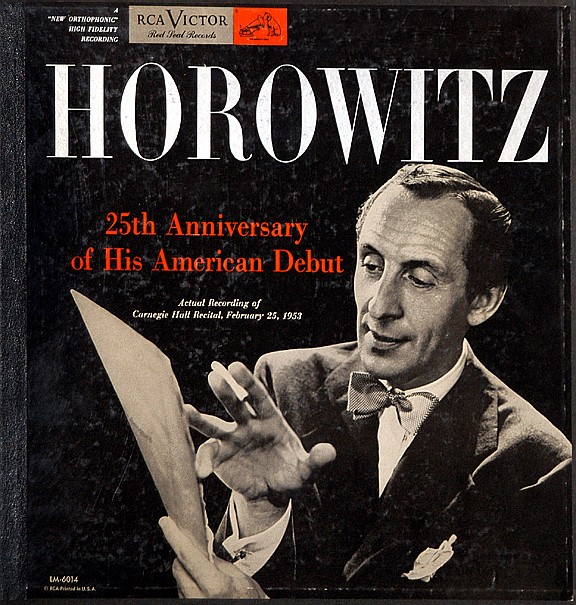buy amoxicillin canada
amoxicillin prescription no
insurance C,
I very much agree about the benefits of spherical needle, partially on the older records and out of condition records, and this is one of the reasons why people have multiple arms on TTs. Yes, in many cases the spherical stylus “tracks better” 9more about it below) but does is mean that we have to name the benefits that we get out of the modern complex-shaped cartridges as “distortions? I do not think so.
First of all there are many schools of thinking about “what would happen under a microscope”. I know very credible people who would very scientifically, very reasonably, with evidences, graphs, formulas and calculation convince anyone that none-spherical stylus is a better grove retrieving mechanism then spherical one. I know also very credible people who would prove the opposite. I really do not know, or care about the truth on this subject. Also, I do not try to find a correct answer by examining the extraneous language of the process.
I always have two stereo arms in use: one is a contemporary complex-shaped stereo needle and one with an older spherical (this is how I ended up with my Denons). By flipping a switch on the preamp and by looking which record (label, pressing, year, record conditions, country and so on…) plays better… the unexpected truth comes through. The truth that I’ve discovered is that ANY record if it’s in a mint shape plays very fine on a better none-spherical needle. As soon a record is worn, even very slightly buy previous play or has any other imperfection (off-centered for instance or dirt) then the spherical needle defiantly helps.
The spherical shape of the stylus is very forgiving. Considering that 70% of people out there play with non-perfectly set up analog, and that many people play used records that were brutally abused in 50-80 by “ordinary people” it is not secret why many audio-folks have “bias to the spherical needles” and why they “admire” the Denons
I have a wonderful album: Horowitz celebrating his 25th anniversary of his American debut playing in Carnegie Hall on February 25 1953. (RCA LM-6014) Begin of 50s was good times for Horowitz and he played very fine. The recording is phenomenal, probably the one of the best piano recording I heard. You know those albums: oversized cardboard boxes, first non-breakable records, strong grooves size of the damn Everest and that staggering dynamic range…. The record is in very shape and plays very fine. In the end of the evening the banger-Horowitz went for his show-peace – his own interpretation of Liszt’s Hungarian Rhapsodies #2. Well, considering the Horowitz’s personal dynamic range, the dynamic recording, and the fact that the record was cut in mid 50s any other shape of needle besides a spherical was not able to handle it (and not only this track but the entire album). OK, now is the punch line…. A few months ago I bought the first pressing of the same album… only sealed (paid $60 - love Horowitz in the end of 40s begin of 50s)... and you know what? Suddenly the entire album could be perfectly tracked with the contemporary shaped needles. Moreover, because they have no tractability problems they do sound WAY better! Would I call it “the distortions”? If I do then I love each moment of those “distortions”!!! :-)

This all boils down to a rhetorical question: are we wiling to be right or to be happy? Many contemporary-shaped needles do sound better and particularly on the complex music and with the context of mostly unknown in audio full-range sound reproduction. Should we have records in better shape then we might play them with complex-shaped needles. But if you are not so lucky then we build for ourselves the theories that conus-shaped needles track better then the oval needles, and particularly if the record was cut by triangle-shaped cutter.
Rgs,
Romy the Cat
"I wish I could score everything for horns." - Richard Wagner. "Our writing equipment takes part in the forming of our thoughts." - Friedrich Nietzsche